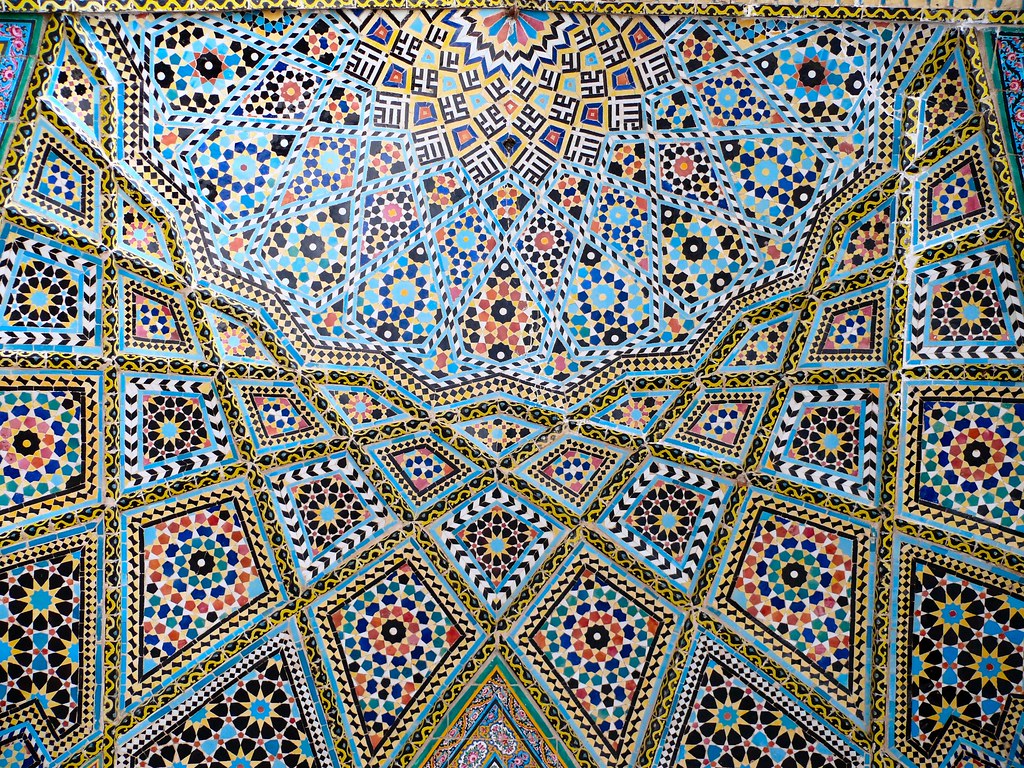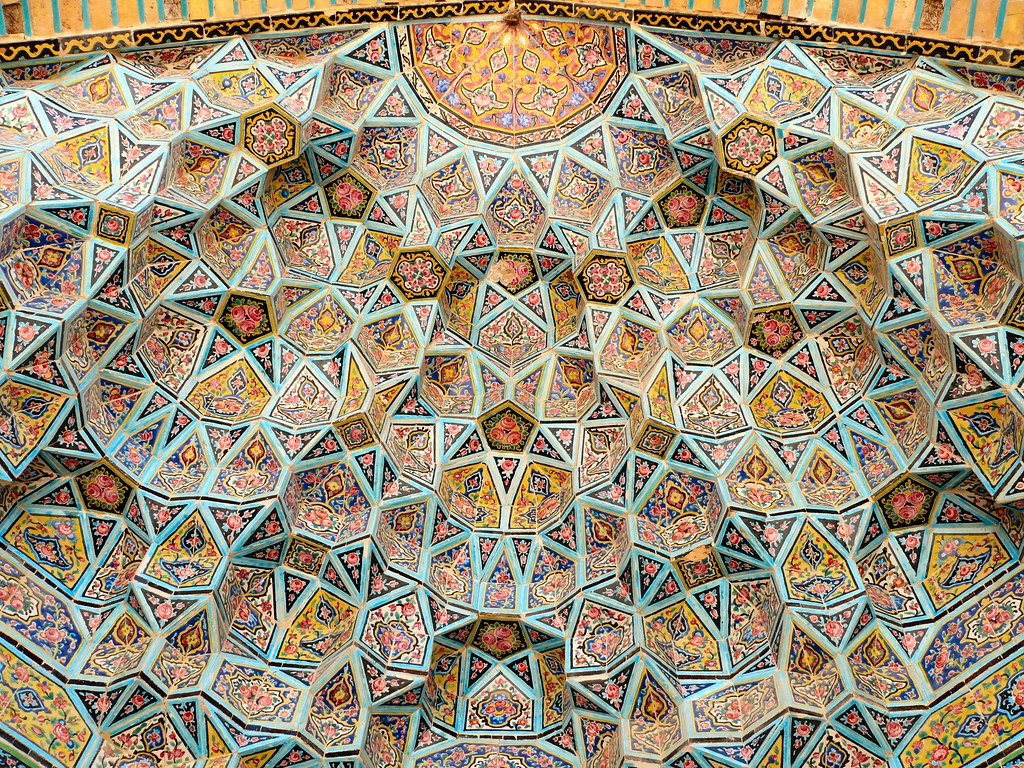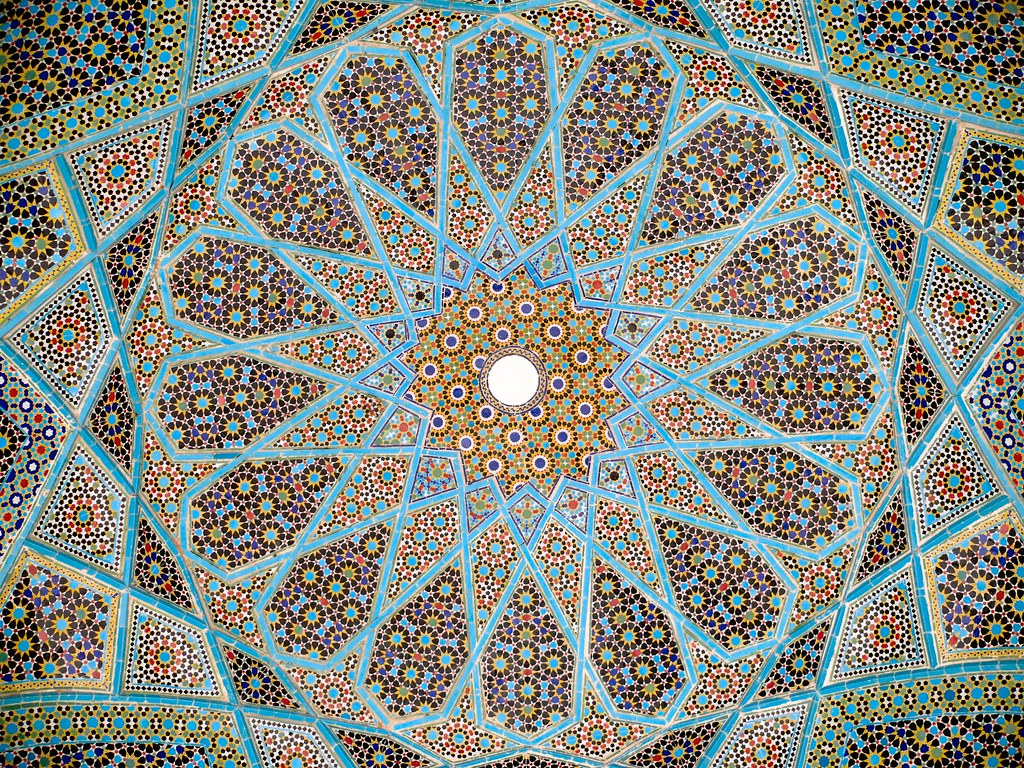.

for human being
Someones flew a plane into a building
Or did a building fly into a plane, and then
Many someones are continuing to be alive
And some too dead; yet little has been learned
And the wars continue though who
Is fighting whom cannot be said, it all feels
So confused as though the parts no longer fit,
Or was it a failure of original creation
To leave us sans the ability to speak
To one another, some kind of freak arrival
Here on earth as now sometimes seems, too late
To help ourselves, stuck as in quicksand in
A standing pool of language, thickened then with
The algae and flotsam of time
And fear, coagulating to clog
The throat; the conscience anyway never clear…

And then one hears, from inside the dark city, a voice:
So this is what happens when the enemy is at the gate...
Time passes like this for me: it was 12 o'clock
The apple was on the tree
It was 12 o'clock and a second
The apple was not on the tree
I ate the apple and still am falling
Gracefully...
All these wars we have lost have
Pointed up the contradictions of the ethos,
The ways isolated individuals within a system
Behave do not constitute the rules of the game,
The ritual sanction of the poem demands a forgetting
After one has departed the earth, but how --
How to go on now, how to unlearn the memorized phrases,
How to build sentences of such transparency
The strange accidence of those pictures of the dead
Peels away to reveal a grammar of humanness --
Life our school, knowledge of suffering our teacher?

Italicized text lines: by human being, 2009
A glance at heaven: vault at the Nasr ol Molk mosque, Shiraz: photo by dynamomosquito, 2008
Another glance at heaven: vault at the Nasr ol Molk mosque, Shiraz: photo by dyanamomosquito, 2007
Eternity: ceramic tile mosaic, roof of the tomb of Persian poet Hafez, province of Fars, 2008: photo by dynamomosquito, 2008



14 comments:
How to build sentences of such transparency
I learned this when I was young from
Norman O. Brown's Love's Body, but I have found so few who will ever listen to the message of that. Thanks for putting this one up Tom.
Made my day.
Tom!
my dear friend...
don't know how to start... lots of things are stirred in me by this stunning poem...
mechanical time is defied here... at least for me... we know each other for just a few days but you understand me even better than me!
history books are never accurate
linguists are to blame...
that what i wrote... and your sensitive soul could see how history is at a loss because of "a failure of original creation To leave us sans the ability to speak To one another"
this is it! this is what crow tries to reverse with her little efforts... to find a way to establish this DIALOG...
and isn't it a blessing we think the same while the greedy people of power try to convince us we are each other's enemies?
this is exactly when i feel hope never dies... and i'm telling this at a time i'm deeply distressed with all sorts of negative energies surrounding me... at a time i've beginning to doubt myself for believing in the power of love while hatred has got the upper hand...
all through my life, when i felt like this, someone comes or something happens to tell me not to give up... this time this is you...
that's why i believe the fall is graceful, Tom... because we become more human through it... how? because as you wrote, we fall alone but we need each other to rise... and this togetherness is the only way to make us more human...
fall brings pain... but pain brings us the KNOWLEDGE to know how to love truly...
and you put this so beautifully:
Life our school, knowledge of suffering our teacher?
and that's why i say poetry is the savior... because wars and weapons do not bring power... real power is knowledge and poetry is the medium of true knowledge where all the pains are transformed into a healing remedy... to feed the soul... to enable it to love...
and love is understanding
love is sharing
love is when we talk not 'at' or 'to' or 'about' but 'with' someone else....
and this poem was a hug... now i understand why my daughter says the best thing is the world is when i hug her...
this is when you are accepted unconditionally... when you feel safe... when you think nothing is threatening you... when you are not alone....
even the structure resembled that hug... the way you had embeded my words in your beautiful poem...
that feeling of being understood, of being accepted... of being with a friend...
Tom this is so precious...
i've awlays tried to do the same thing... in my blog i've tried to hug others... to say i love them...
though this may frighten away some because our world is so materalistic and many poeple are not familiar with unconditional love... when there is no bargain... just giving and giving and giving...
and a bitter irony...
i cannot see the pictures... and from the captions i undrestand they are my own country's tile work... this brought tears to my eyes... both sad and happy tears... sad because this is torturing to be deprived of your own country... and happy because your friends are appreciative of it...
(i know those patterns and forms... they have talked of beauty and peace for ages)
oh... see? touch a crow with a feather and she crows nonstop!
thanks my dearest friend for this sparkling gem... for your concern... for the way you kindle love and peace in the heart(h) of the cosmos by your words...
namaste!
Home late after hosting a reading at Moe's--
So glad I checked in with your blog. Beautiful poem. Will print this one up for future reads (when I'm not exhausted).
And thanks for the Kinks lyrics.
O
Wow. Somehow reading this I only (too late) begin to realize how utterly postmodern our wars of late have been. Or, perhaps, I see what postmodernity promises--the analogs of systems floating in step to inhuman obedience. Anyway, it's late here in Texas: so thanks.
Wars are sad. And we are slow learners. I truly hope the future generations learn to appreciate life as a gift and to respect it. It is our mission, as clowns in love, to help them learn that.
Very intense poem, Tom.
Lanny, human, Owen, Dale, Lucy,
good to be with you in the dark city in the night... fellow clown teacher learner transparent love bodies.
Sometimes I feel like I'm channeling the Night Owl on WGXB Sheboygan... in a brain-bubble.
HB has correctly brought out the desperate hopefulness in this poem's final proposal by putting a question mark at the end of it.
"Life our school, knowledge of suffering our teacher?"
(I remember it being said to me, as a lad upon whom school was forever apparently being wasted, returning home, without being able to report what had gone on in classes-- impatiently--"well, you must have learned SOMETHING?!")
Dear HB,
Your comments box at Thus Spake the Crow would not open for me today, but nothing else in your poetry is closed.
In case you're able to read this: two comments on your latest series of posts:
"The last lesson..." "I sit here/at the intersection..."
The door you open for us leads to your heart, this is a welcoming gift of which there can be no doubt.
"The silent street..."
No, they are wrong. I can feel you flowing, I can see you flying. And I can hear your cries, and I can taste your blood...
Excelent and thought provoking post, congrats it made me think a lot about evil, war,
and why people do that
How to go on now, how to unlearn the memorized phrases:
Things can not be unmemorized, at least I think, they can either be remember lest often or with less strength. or they can be halted by the brain so they can reach consciousness.
How to build sentences of such transparency:
There is no way tp build sentence that arte transaparence, because language is inherently something obscure, too ambiguous too see trough,
Peels away to reveal a grammar of humanness:
It reveels not because it peelse and purposely bares it, it reveales because it show the lack of importance of grammar, of self imposed systems that we make ourselves learn.
Take care TC, thank you very much for making me think
M
pd: so much to be said, I am going to go on later, just will recomend you guy to read about the end of violence book, or see the ted talk spoke by pinker
you mean you've added the question mark later?
really don't know why i felt a question mark there...
strange...
but with your explanation now i can understand why i read it as a question...
thanks for taking the crow seriously...
Sepehri in one of his poems wonders why no one takes a magpie in the field seriously...
Tom...
this sparkly thing is posted on my comments too... sorry if your had a hard time posting it... don't know what has been the problem...
your words are pure poetry anywhere you leave them... thanks for understanding and encouragement...
you are a gem!
Mariana,
I understand about the difficulty of achieving transparency, still I sense that it's worth trying for, with the limits and constraints of language always resisting and holding us back. But the resistance generates a tension, the tension releases energy, and where there is flow, perhaps, with a bit of luck, one approaches a certain transparency.
HB, sometimes I hear an elliptical question mark at the end of every statement, a sort of private self-interrogation really. You helped me to to hear that one.
Yes, I went back again and your comments box opened fine. I am reminded of the poet who said his poems, like his heart, are always open.
(I do wish, by the way, that you could see the images on this post--the heavenly vaults over your words, the aerial backdrop for the flights of the crow. Some day, maybe...?)
I could see the images my friend tc there are fantastic, just wanted to tell you that.
Mariana,
About these amazing images: you'd be interested in this article, by two physicists (one from Harvard, one from Princeton) from the journal Science (Science 23 February 2007:Vol. 315. no. 5815, pp. 1106 - 1110). Here is an abstract:
Decagonal and Quasi-Crystalline Tilings in Medieval Islamic Architecture, by Peter J. Lu and Paul J. Steinhardt:
The conventional view holds that girih (geometric star-and-polygon, or strapwork) patterns in medieval Islamic architecture were conceived by their designers as a network of zigzagging lines, where the lines were drafted directly with a straightedge and a compass. We show that by 1200 C.E. a conceptual breakthrough occurred in which girih patterns were reconceived as tessellations of a special set of equilateral polygons ("girih tiles") decorated with lines. These tiles enabled the creation of increasingly complex periodic girih patterns, and by the 15th century, the tessellation approach was combined with self-similar transformations to construct nearly perfect quasi-crystalline Penrose patterns, five centuries before their discovery in the West.
Reuters summarized the Lu/Steinhardt discoveries as follows:
"Magnificently sophisticated geometric patterns in medieval Islamic architecture indicate their designers achieved a mathematical breakthrough 500 years earlier than Western scholars, scientists said on Thursday.
"By the 15th century, decorative tile patterns on these masterpieces of Islamic architecture reached such complexity that a small number boasted what seem to be 'quasicrystalline' designs, Harvard University's Peter Lu and Princeton University's Paul Steinhardt wrote in the journal Science.
"Only in the 1970s did British mathematician and cosmologist Roger Penrose become the first to describe these geometric designs in the West. Quasicrystalline patterns comprise a set of interlocking units whose pattern never repeats, even when extended infinitely in all directions, and possess a special form of symmetry.
"'Oh, it's absolutely stunning,' Lu said in an interview. 'They made tilings that reflect mathematics that were so sophisticated that we didn't figure it out until the last 20 or 30 years.'"
It should be noted that the vaulted mosaic tile ceilings shown in the images here are later reconstructions based on medieval designs of infinitely extending nonrepeating geometric star-and-polygon, or “girih,” patterns, overlaid with a zig-zagging network of lines. For a historical original, see this undated picture of an archway from the Darb-i Imam shrine, Isfahan, Iran (built in 1453), with two overlapping girih patterns.
archway, Darb-i-Imam shrine, Isfahan
I have meditated much on this since reading yesterday and I am now understanding the words you said to me.Thank you. Beautiful words, you.
Post a Comment